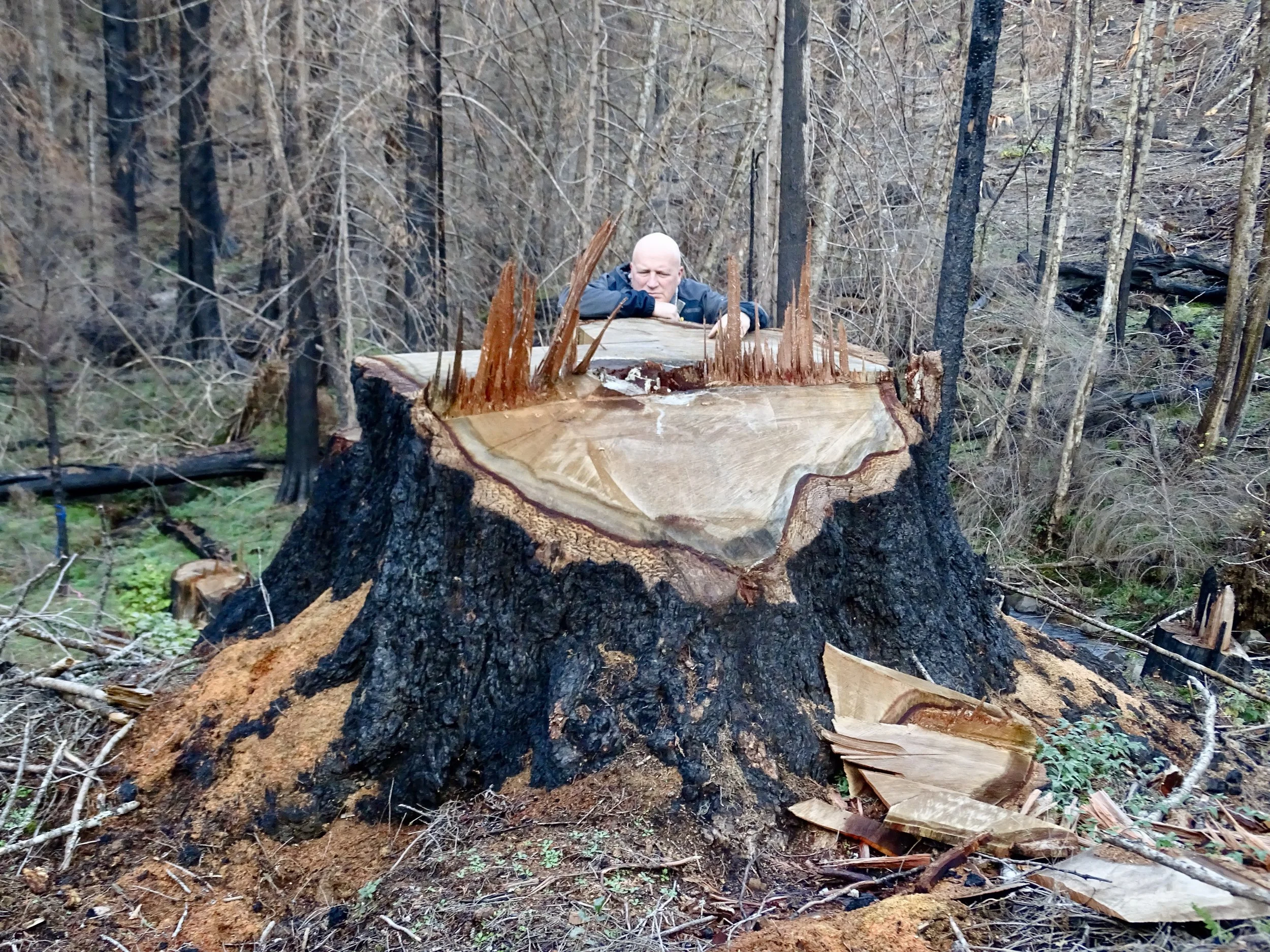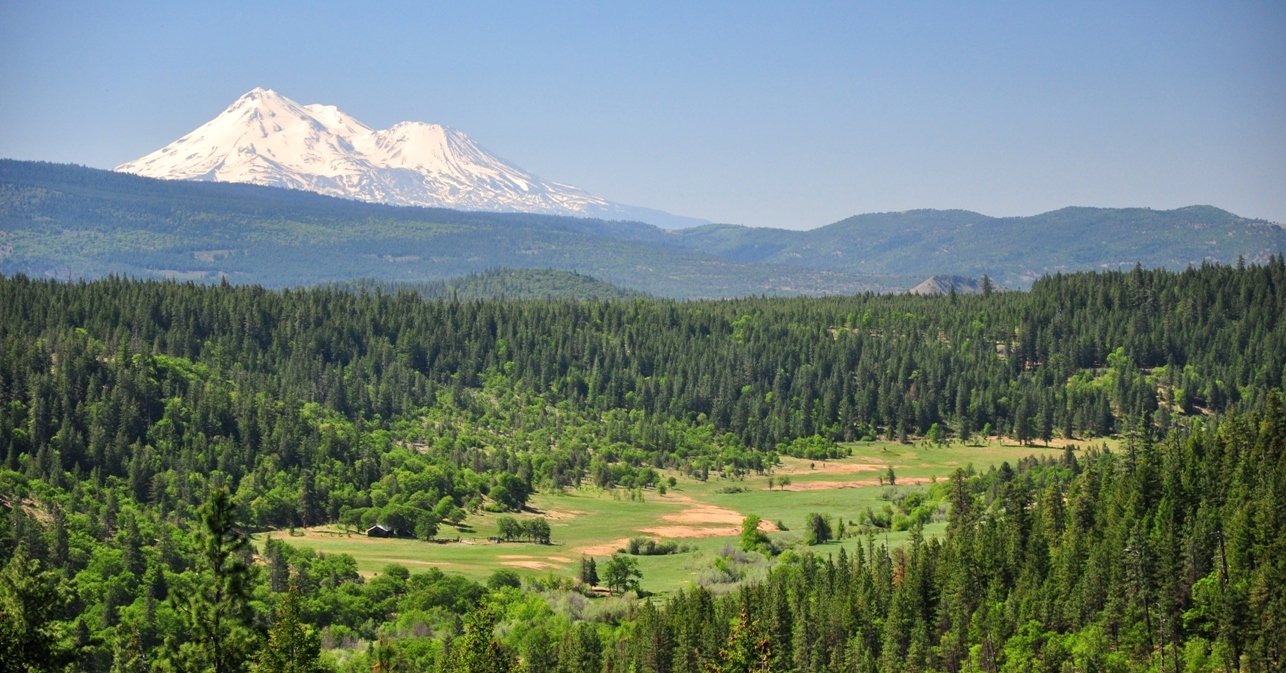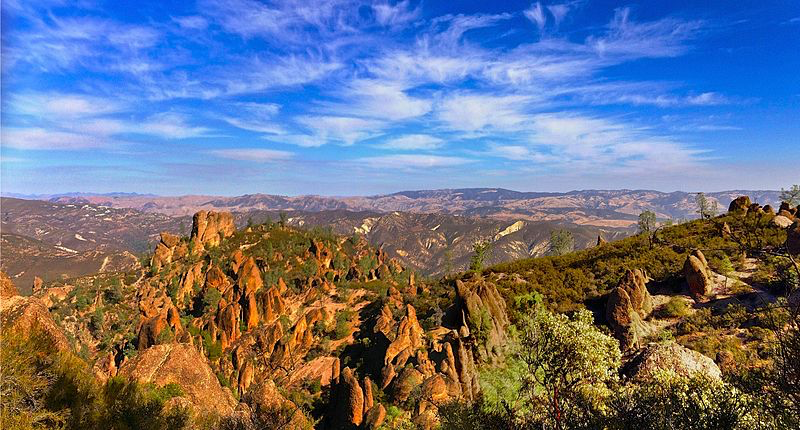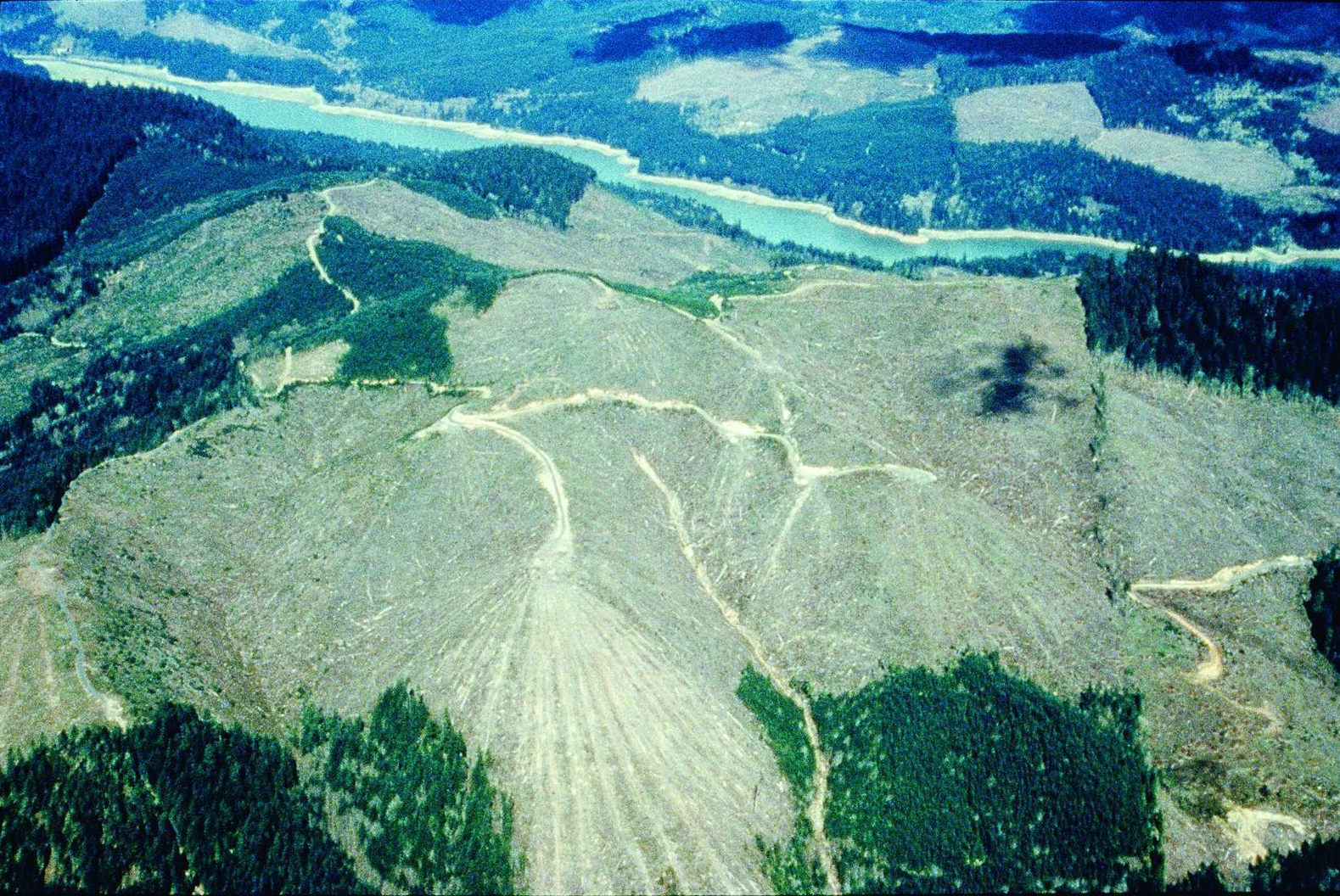The O&C Lands Act of 1937 should be repealed by Congress and all BLM lands in western Oregon to either the Forest Service or the Fish and Wildlife Service.
Read MoreO&C Lands Act, Part 4: Repeal the Act and Transfer the Lands

Fish and Wildlife Service
The O&C Lands Act of 1937 should be repealed by Congress and all BLM lands in western Oregon to either the Forest Service or the Fish and Wildlife Service.
Read MoreScientists have identified seventeen areas in the eastern US suitable for the recolonization of Puma concolor. Will humans allow it?
Read MoreCongress told the Bureau of Land Management to remove a small, but fish-damaging, dam on the Donner und Blitzen Wild and Scenic River and the Steens Mountain Wilderness. The BLM may finally get around to it.
Read MoreThe history of congressional and other actions to facilitate retirement of federal grazing permits
Read MoreUnderstanding the history of public lands is useful if one is to be the best advocate for the conservation of public lands.
Read MoreThe barred owl has invaded the range of the northern spotted owl and needs to be stopped before driving the latter to extinction.
Read MoreFigure 1. Some red cliffs in the Red Cliffs National Conservation Area. Source: Bureau of Land Management.
As the Trump administration was slithering out the door in mid-January, it issued decisions that would put a new 4.5-mile-long four-lane divided highway through both the Red Cliffs National Conservation Area and a particular stronghold for the imperiled Mojave desert tortoise.
Read MoreFigure 1. Whitebark pine on the Fremont-Winema National Forest. Source: George Wuerthner (first appeared in Oregon Wild: Endangered Forest Wilderness, Timber Press, 2004).
After decades of dithering, the Fish and Wildlife Service has finally proposed listing the species as “threatened” under the Endangered Species Act (ESA).
Read MoreVery high on my bucket list is to see a California condor in the wild (Figure 1), ideally over Oregon. If my timing is good and the condors cooperate, this could happen.
Read MoreThe Trump administration is trying to allow a 12-mile road through the Izembek National Wildlife Refuge and wilderness area in Alaska.
Read MoreCurrently, less than 1 percent of Oregon streams, by mileage, are included in the National Wild and Scenic Rivers System. An estimated additional 10,000 miles (less than 3 percent of the total mileage) of Oregon streams are eligible for inclusion.
Read MoreThere are times when Congress acts in a visionary manner. (Is it less so today, or is it just me?) Such was the case in 1968 when it enacted into law the Wild and Scenic Rivers Act.
Read MoreThe Hammonds, Mr. President, are not persons of generally good character. “Devoted family men” do not abuse minor children in their family.
Read MoreAs part of the tax bill recently signed into law by President Trump, at the behest Senator Lisa Murkowski (R-AK), Congress opened up Arctic National Wildlife Refuge for oil drilling. The next battle over drilling the in the refuge is about to commence. For the caribou and nature, each battle must be won or at least a draw. For the forces of darkness, they must only win once.
Read MoreThe pending tax cut legislation in Congress would open up the Arctic National Wildlife Refuge (ANWR) in Alaska to oil exploitation. What does oil drilling that harasses caribou have to do with taxes? It’s a long and tangled tale,
Read MoreJust as it is in the public interest to have systems of corridors for the movement of vehicles, oil, gas, electrons, and water, it is in the public interest to have a system of corridors for wildlife.
Read MoreThe originations of 25 of our 59 national parks, totaling 39.6 million acres, were first seeded by the establishment of a presidentially proclaimed national monument. Fourteen of these monumental 25 were established from more than one national monument proclamation, in that were expanded by later presidents.
Read MoreWith some tweaks, the proposed Northern California Conservation and Recreation Act can be a great bill that when enacted into law will be a gift of enduring benefit to this and future generations of North Coast Californians, all Californians, and all Americans.
Read MoreWho wouldn’t want “resilient” (“able to withstand or recover quickly from difficult conditions”) forests? With the name Resilient Federal Forests Act of 2017 (H.R.2936, 115th Congress), what could possibly be wrong with this bill?
Everything. Judge neither a book by its cover nor a bill by its name.
Introduced by Representative Bruce Westerman (R-4th-AR), the bill is the timber industry’s wet dream legislation. In only his second term in Congress, Westerman has received more campaign contributions from Big Timber than any other industry.
The Westerman bill would legislate horrifically harmful public forest policy into law.
Read MoreMarine protected areas (MPAs) in the United States exist to preserve our nation’s marine resources for this and future generations. About 26 percent of US marine waters are protected in some kind of MPA, defined ... as “any area of the marine environment that has been reserved by federal, state, territorial, tribal, or local laws or regulations to provide lasting protection for part or all of the natural and cultural resources therein.” A few MPAs known as marine reserves or no-take MPAs (amounting to about 3 percent of US waters) do not allow hunting, fishing, or collecting. The purpose of these no-take MPAs, which include marine national monuments, is to sustain fisheries and allow ecosystems to recover from environmental stressors.
Read More















